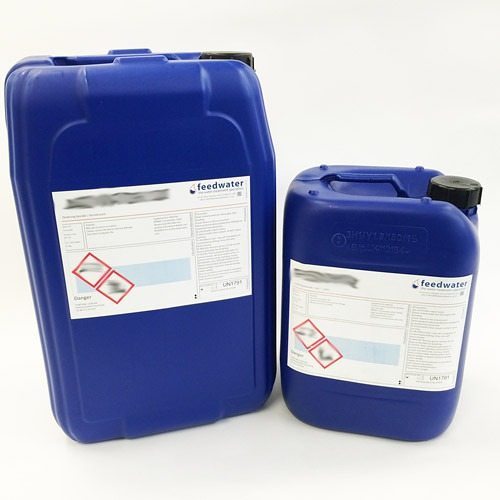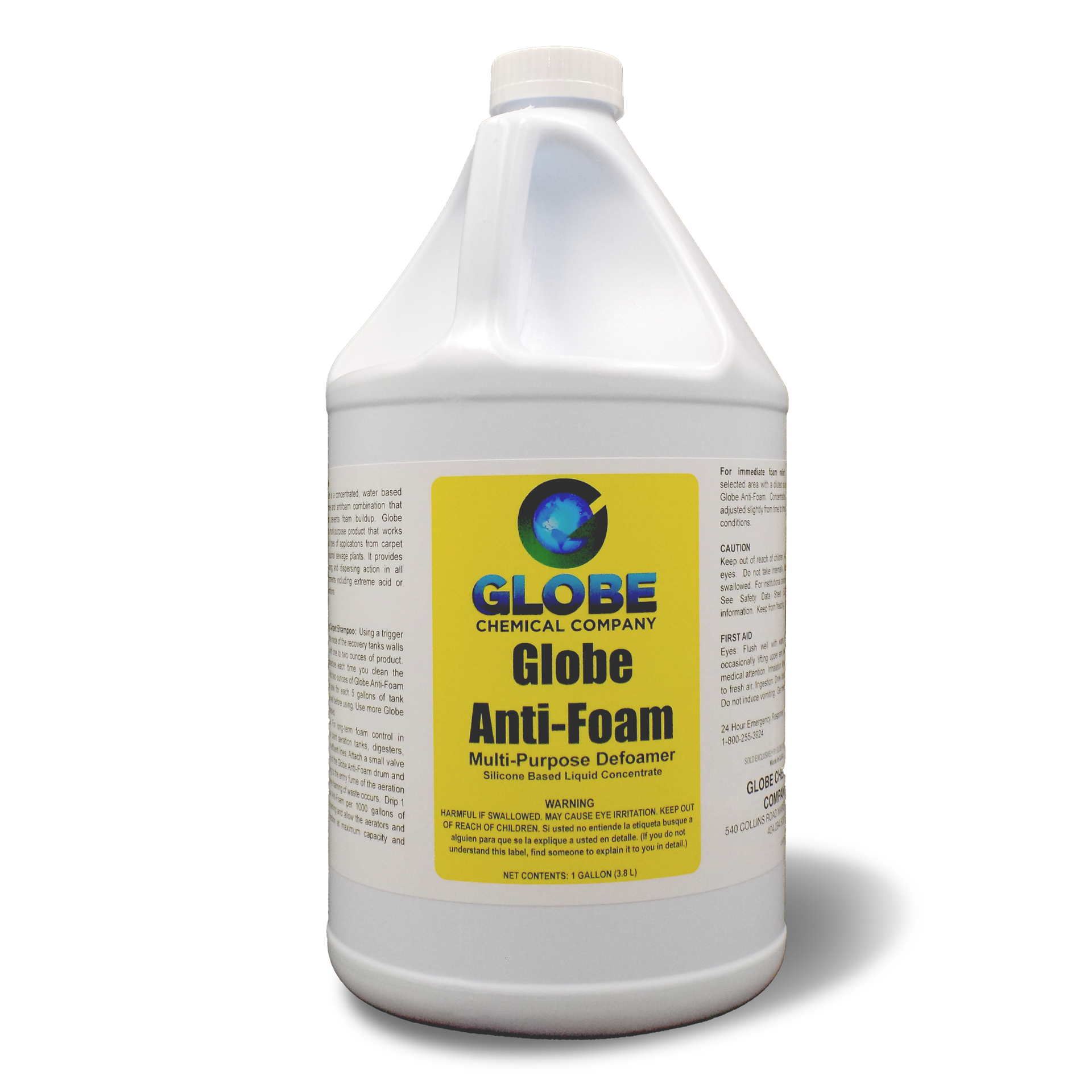The Main Distinctions Between Chemical Defoamer and Other Foam Reduction Methods
The Main Distinctions Between Chemical Defoamer and Other Foam Reduction Methods
Blog Article
The Value of Making Use Of a Chemical Defoamer in Different Applications
The application of chemical defoamers is a necessary consideration throughout multiple sectors, including food processing, wastewater treatment, and pharmaceuticals. These representatives play a crucial duty in mitigating foam formation, which can prevent performance and concession product top quality. The benefits of utilizing defoamers extend beyond simple visual appeals; they are essential for attaining conformity with sector standards and improving operational processes. The devices by which defoamers work and their specific applications elevate additionally concerns concerning their overall impact and effectiveness in these varied contexts. What understandings can be uncovered regarding their use?
Understanding Foam Development
Foam formation is an intricate physical sensation that happens when gas bubbles are caught within a fluid matrix, causing the creation of a stable framework. This process can be influenced by numerous elements, consisting of the thickness of the fluid, the surface stress at the gas-liquid interface, and the presence of surfactants. Surfactants reduced the surface area stress, advertising bubble development and stabilization, which often causes the development of foam in many commercial processes.
Foams are typically run into in applications such as food manufacturing, wastewater therapy, and chemical manufacturing. In these contexts, foam can act as an insulator, interfere with blending procedures, or hinder the effectiveness of tools. The stability of foam is established by the balance between the forces acting to support the bubbles and those that advertise their collapse.
Recognizing the mechanics of foam formation is crucial for efficiently handling its presence in various systems. By understanding the underlying concepts, markets can develop approaches to minimize unwanted lathering, therefore enhancing operational efficiency and item top quality. This fundamental knowledge serves as a precursor to exploring the energy of chemical defoamers, which particularly attend to foam-related difficulties in numerous applications.
Benefits of Chemical Defoamers
Chemical defoamers offer considerable advantages throughout different sectors by effectively managing and reducing foam development. By lessening foam, chemical defoamers help maintain optimum production rates and decrease downtime connected with foam management.
Furthermore, chemical defoamers add to boosted product high quality. Foaming frequently brings about incongruities in formulations, which can negatively affect the end product. By managing foam levels, defoamers guarantee uniformity, thus boosting the overall high quality of the result.
Cost-effectiveness is an additional significant advantage (Chemical Defoamer). By reducing the quantity of raw materials required for manufacturing and reducing waste, chemical defoamers can lead to substantial financial savings. In addition, they commonly enable for lowered energy intake, as procedures can run a lot more smoothly and require less intervention.
Applications in Food Processing
In the food handling market, efficient monitoring of foam is vital to guarantee both item high quality and functional effectiveness. Foam can disrupt different procedures, from mixing and mixing to product packaging, leading to reduced returns and prospective contamination. Chemical defoamers play an important function in reducing these concerns by swiftly damaging down foam, permitting smoother operations and boosted item uniformity.
In applications such as dairy processing, defoamers avoid excess foam development during the manufacturing of milk, yogurt, and cheese, which can interfere with machinery and impact the texture of the end product. In developing and fermentation processes, foam control is vital to preserve the honesty of the drink and make sure ideal fermentation prices.
Additionally, chemical defoamers are made use of in food dressings, sauces, and solutions to boost the stability and appearance of the last items. By lessening foam throughout manufacturing, makers can achieve better mixing and dispersion of ingredients, resulting in premium high quality. read this article On the whole, the consolidation of chemical defoamers in food handling is vital for keeping effectiveness, high quality, and security in food manufacturing.
Function in Wastewater Therapy
Reliable foam monitoring is similarly important in wastewater therapy procedures, where too much foam can prevent procedures and complicate the treatment of effluents. In several wastewater treatment centers, foam can form as a result of organic task, surfactants, or other natural products existing in the influent. This foam can cause an array of operational obstacles, including decreased treatment effectiveness, boosted maintenance needs, and possible regulatory conformity concerns.
Chemical defoamers play a crucial role in reducing these obstacles. By reducing the surface tension of the liquid, defoamers promote the collapse of foam structures, hence helping with smoother procedure of devices such as aeration containers and clarifiers. Their timely application helps keep optimum hydraulic problems, enhancing the overall performance of solids splitting up processes.

Effect on Drug Manufacturing
Foam control is important in pharmaceutical production, where the existence of extreme foam can interfere with making procedures and concession product top quality (Chemical Defoamer). The development of foam throughout different stages, such as mixing, mixing, and fermentation, can result in inefficient blending, poor warmth transfer, and also tools damages. These issues not only lead to operational hold-ups yet can also create significant monetary losses and affect conformity with strict regulatory standards
Chemical defoamers are especially created to mitigate these difficulties. By successfully minimizing foam formation, they enhance procedure effectiveness and preserve the integrity of the end product. In certain, defoamers make sure consistent dose forms, boost the stability of emulsions and suspensions, and improve cleaning procedures by protecting Homepage against foam accumulation in tools.
Additionally, making use of defoamers can enhance the yield of active pharmaceutical active ingredients (APIs) by advertising far better extraction and purification processes. As pharmaceutical firms make every effort to improve product high quality while decreasing production prices, the duty of chemical defoamers ends up being significantly vital - Chemical Defoamer. Their consolidation into producing protocols not just sustains compliance with Great Production Practices (GMP) however also fosters advancement and competitiveness in a swiftly evolving market

Final Thought

Chemical defoamers provide considerable benefits across various industries by properly regulating and decreasing foam development. By reducing foam, chemical defoamers aid maintain ideal production prices and decrease downtime linked with foam administration. Chemical defoamers play an essential role in reducing these problems by rapidly breaking down foam, permitting for smoother operations and improved item uniformity.
Efficient foam monitoring is equally crucial in wastewater therapy procedures, where extreme foam can impede procedures and complicate the treatment of effluents.Foam control is important in pharmaceutical production, where the presence of extreme foam can interrupt manufacturing processes and compromise item quality.
Report this page